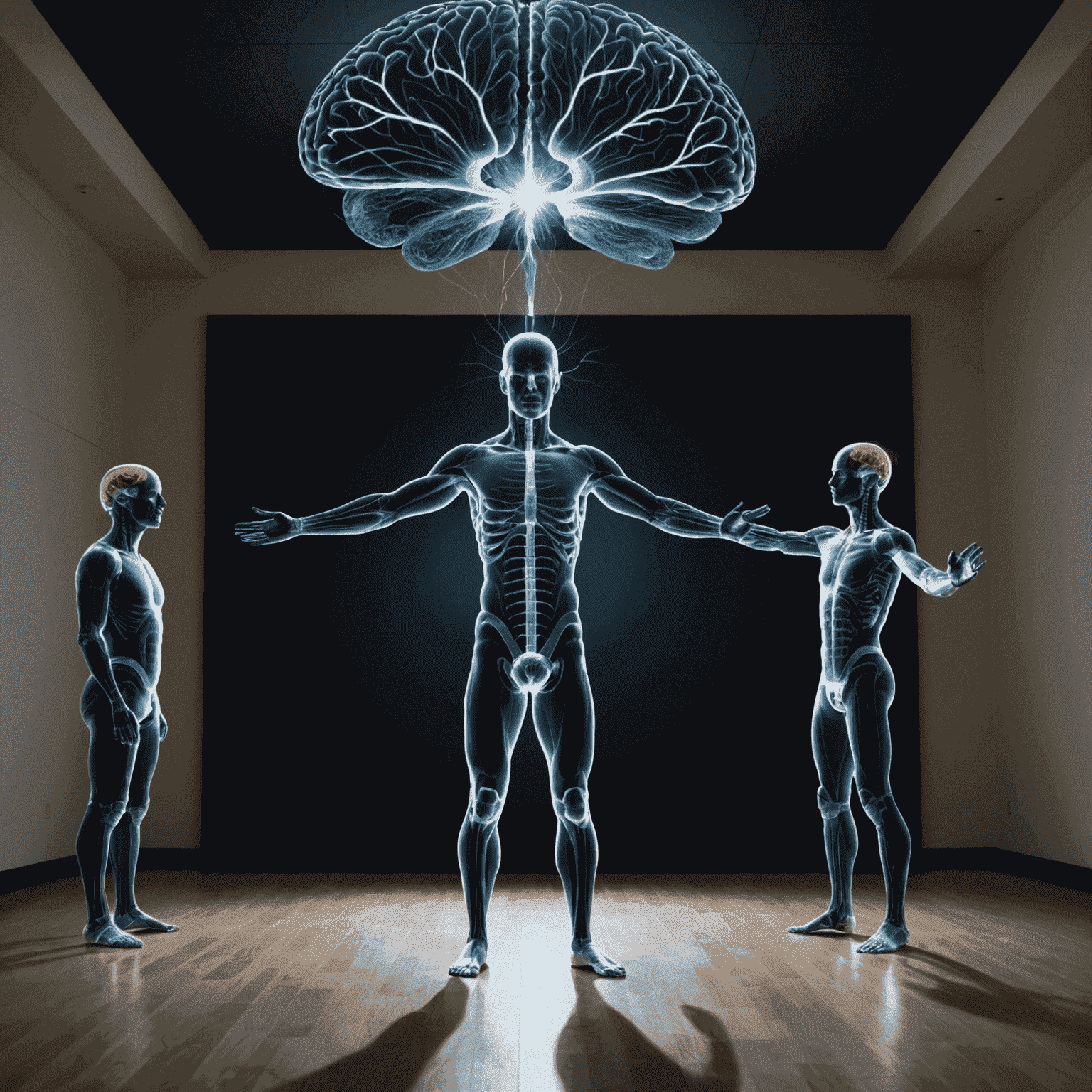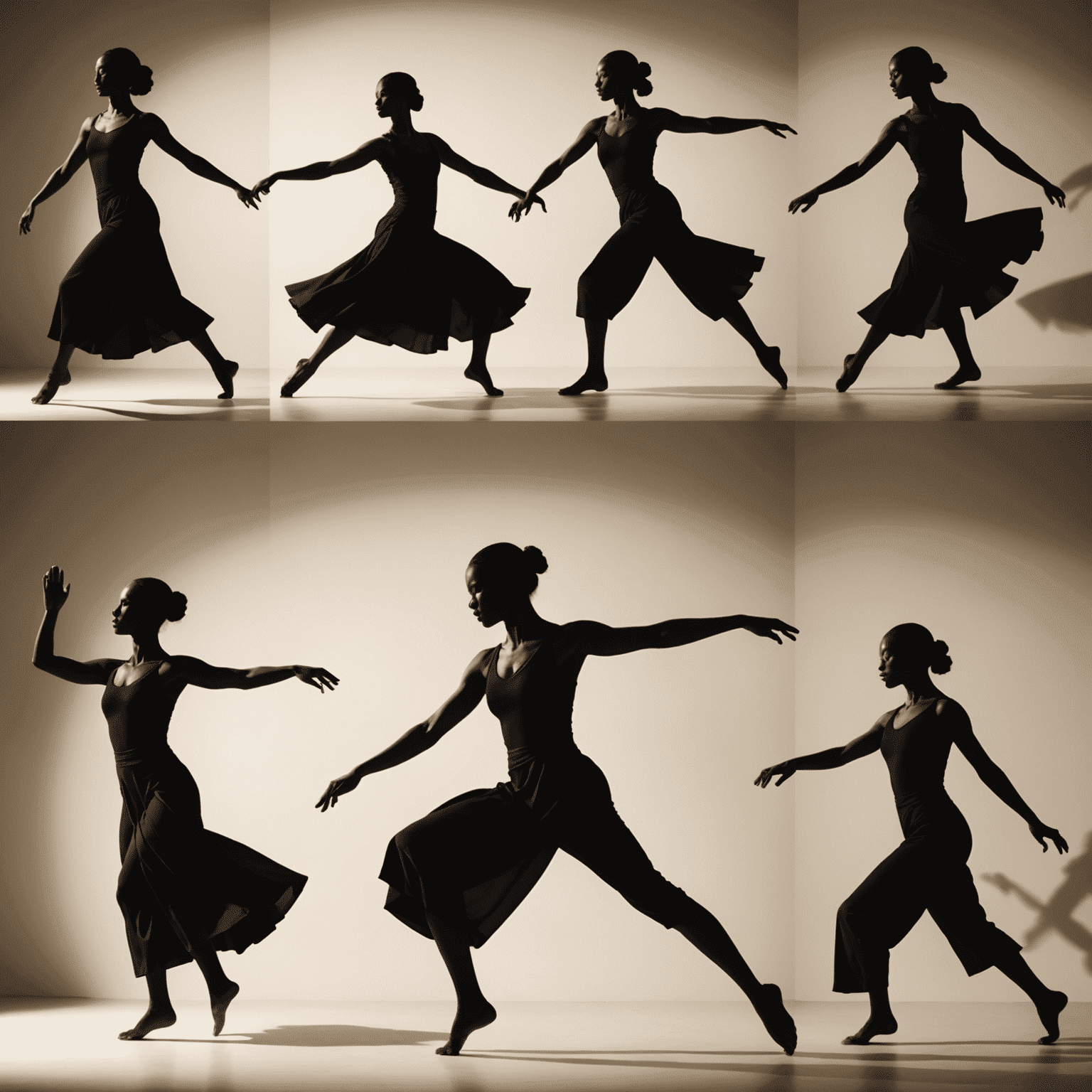The Science Behind Perfect Harmony in Shadow Dancing

Shadow dancing, an art form that combines elegance, mystery, and precision, has long captivated audiences with its mesmerizing displays of synchronization and contrast. But what lies beneath the surface of these fluid, graceful performances? Let's delve into the fascinating world of physics and psychology that contributes to the perfect harmony in shadow dancing.
The Physics of Light and Shadow
At its core, shadow dancing relies on the fundamental principles of optics. The interplay between light sources, dancers' bodies, and the projection surface creates the striking visual effect. The key factors include:
- Light intensity and direction
- Distance between light source, performers, and screen
- Angle of projection
- Properties of the projection surface
The Role of Human Perception
Our brains are wired to recognize patterns and human forms, even from minimal visual information. This phenomenon, known as pareidolia, plays a crucial role in how we interpret shadow dances. The stark contrast between light and dark activates specific areas in our visual cortex, enhancing our perception of motion and form.
Synchronization and Mirror Neurons
The perfect harmony observed in shadow dancing isn't just about visual appeal—it also triggers a neurological response. Mirror neurons in our brains fire when we observe actions performed by others, creating a sense of shared experience and emotional connection with the performers.

This neural mirroring enhances our appreciation of the dancers' synchronization and contributes to the overall sense of harmony and balance in the performance.
The Psychology of Silhouettes
Silhouettes strip away individual features, allowing viewers to project their own interpretations onto the performers. This psychological phenomenon, known as the "silhouette effect," creates a sense of universality and mystery that enhances the emotional impact of the dance.
Choreography and Spatial Awareness
Achieving perfect harmony in shadow dancing requires exceptional spatial awareness and precise choreography. Dancers must:
- Maintain exact distances from the light source and each other
- Coordinate movements with millisecond precision
- Understand how their three-dimensional movements translate to two-dimensional shadows
The Role of Music and Rhythm
Music plays a crucial role in shadow dancing, providing a temporal framework for synchronization. The rhythm and tempo of the music activate the brain's auditory and motor regions, facilitating the precise timing required for harmonious movement.

Conclusion: The Perfect Blend of Art and Science
The mesmerizing effect of shadow dancing is a testament to the intricate interplay between physics, psychology, and human artistry. By understanding the scientific principles behind this captivating art form, we can gain a deeper appreciation for the skill, precision, and creativity involved in achieving perfect harmony through shadow and light.